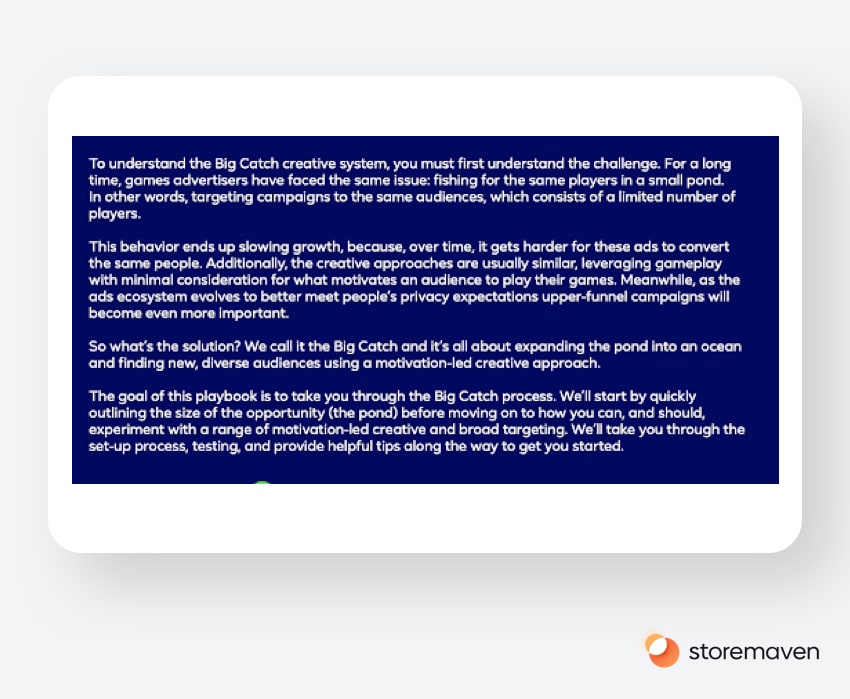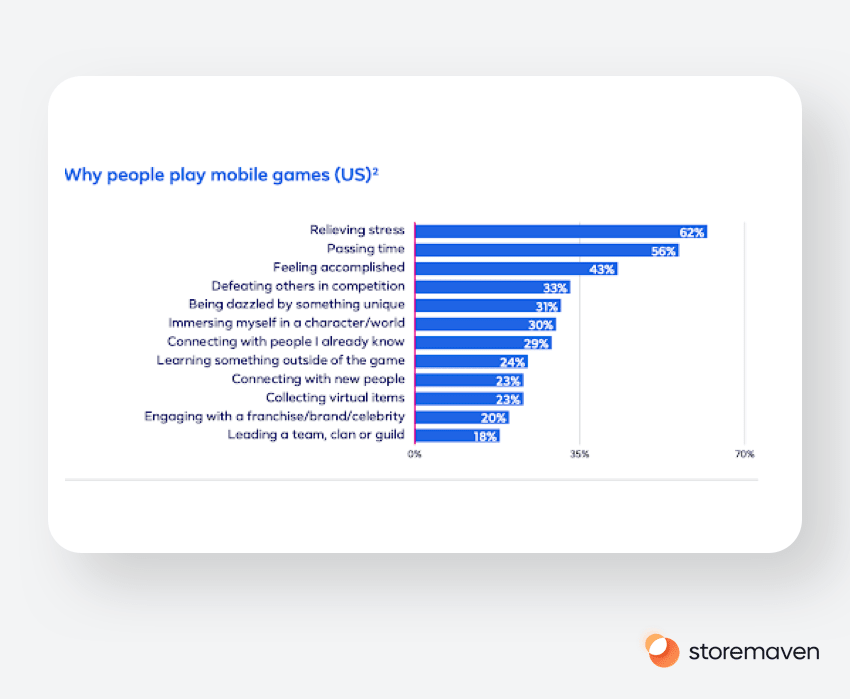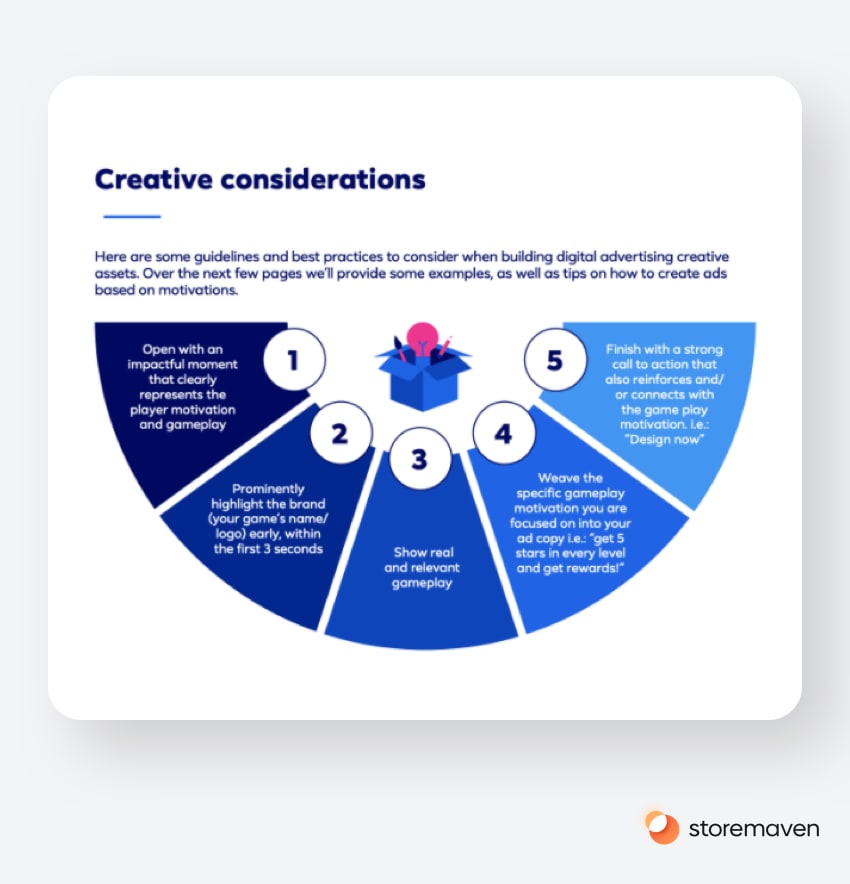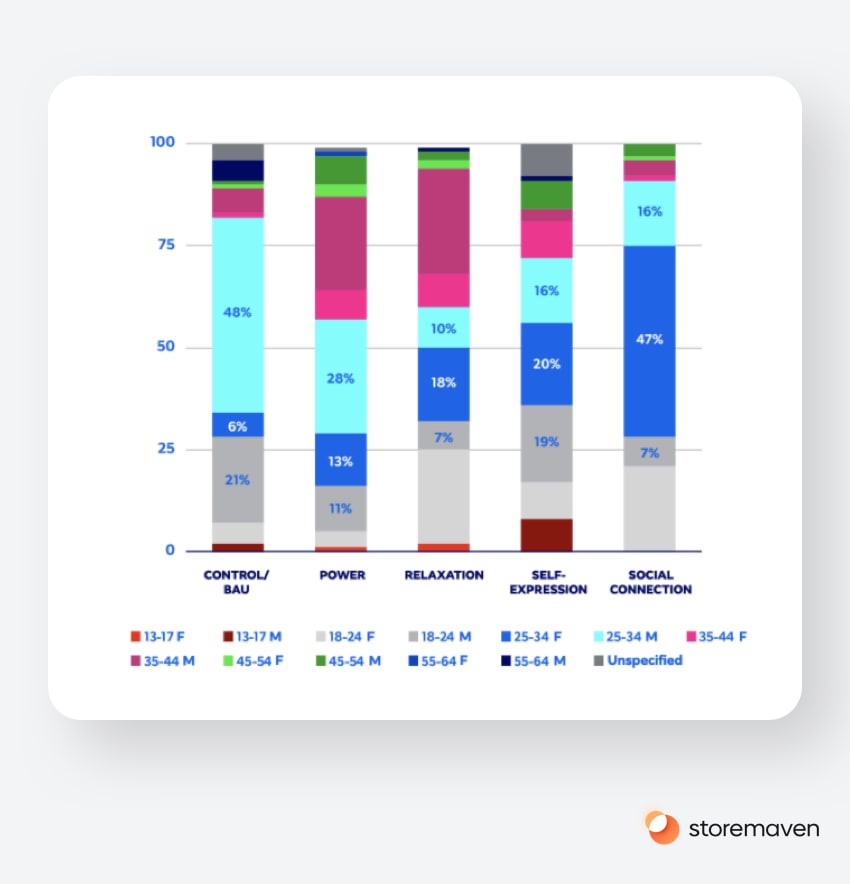If you’re reading this around the summer of 2021 and you’re in mobile marketing, you’ve been through a lot lately. In the past year, the industry has changed dramatically.
Not all changes are being felt in full effect right now, though we are on the cusp of redefining what UA, mobile marketing, and ASO mean in 2022 and beyond.
When Apple decided to ‘kaput’ the IDFA with iOS 14.5, they sent several industries spiraling; the MMP and attribution industry for one, and the mobile ad networks business for another.
For the longest time, emerging mobile companies followed a business model that basically looked like this:
- Create a fantastic mobile app product.
- Build a cash reserve that allowed for significant advertising budgets.
- Communicate to mobile ad networks like Facebook, Iron Source, Snapchat, and AppLovin who the most valuable users are (that they want more of) by reporting the unique identifier (IDFA / GAID) of that user to the networks.
- The ad network takes that information and serves ads to similar users, based on their extensive user graphs which are the accumulation of years of data, to find similarities between users.
- The ad network was responsible for driving high-quality users to install the app.
- These users generated revenues which were re-invested in more ad spend deployed to these ad networks.
It worked almost like magic.
But after iOS 14.5 and the recent privacy tidal waves, a new reality has arrived. A reality where mobile marketing teams have significantly lower capabilities to communicate with the ad networks in a way that will allow them to find more similar users.
Even if a marketing team manages to communicate who the valuable users they want more of are, the ad networks themselves now can’t rely on mobile app developers of the world reporting all this data to them (for example, that John Smith just made an in-app purchase in-app X.) Without it, their user graphs are broken.
A few things happened in the industry that an observant marketer could contextualize to understand the full story.
- Apple deprecated the IDFA
- Google followed suit with a similar plan for the GAID
- Apple with iOS 15 introduces the capabilities of creating up to 35 custom App Store product pages, with the intention of giving marketers the opportunity to create specific pages for specific audiences.
- Facebook advertising efficiencies have been deteriorating since June 2021.
- Facebook communicated to the mobile marketing industry that there’s no quick-fix, and that folks should start re-thinking their mobile app marketing and advertising.
In a nutshell, the “old” business model was disrupted. Mobile app companies won’t be able to rely on the extremely valuable mechanism that allowed ad networks to supply them with quality users (LAL campaigns, AEO/VO campaigns).
Instead of relying on the networks for this, you will need to use targeted creatives with broad UA campaigns to continue to drive the same type of growth.
So here we are, peering over the ledge just a second before the big change.
So what the hell should we do? Let’s meet Facebook’s Big Catch Creative System.
What is Facebook’s Big Catch Creative System?
Facebook recently published an extremely insightful and valuable report dubbed “The Big Catch”.
It’s their proposal for a user acquisition methodology for our new era.
Why is Facebook publishing it? Because they understand that mobile UA teams won’t be able to justify spending on Facebook (and on other networks) unless they’re able to show results in the form of ROAS.
It’s a weird awakening on the side of Facebook. For years they were pitching their LAL/AEO/VO campaigns as the golden standard in growing an app. “You tell us when users perform valuable in-app events and who they are, and we’ll give you more of them”, they said.
But now, through the Big Catch report, Facebook are basically calling quits on the old way of doing things. They even present it as if it was wrong all along.
All images in this piece are from Facebook’s report, which you can find here.

That being said, Facebook’s right. Relying on a limited pool of high-quality users will indeed limit growth to new audiences. And more importantly, you have no way of accessing that pool in the future.
They even hint that it should be credited to Facebook why these users installed, and it was because of who these users were, not the creative and marketing messaging itself.
In short, the Big Catch is a catchy name Facebook is using to convey that in order to win the mobile growth game in the future, you’ll have to find a way to get high-quality users from the entire ocean. You won’t be able to access that small lucrative pool ever again.
Facebook is saying what Storemaven has been preparing our partners for years; the only competitive edge you can truly have on your competition is a deep understanding of the audiences you’re marketing to and what drives them to install.
If you’re able to do that, you’ll have a secret weapon; an ability to continue to grow quality users while running broad UA campaigns for the entire “ocean”.
If it’s a game of “catch”, what’s your fishing rod? Your ad and App Store creatives.
The entire ocean will see your ad and perhaps your App Store, but the quality users will reach your creative messaging in the entire funnel and install – because the messaging conveyed through your creatives will be matched with what actually drives them to install an app or game such as yours.
The fact that Apple is allowing you to have dedicated product pages for each audience just strengthens the understanding that you have everything you need to make that happen.
So how can you leverage the Big Catch creative system to generate mobile growth in 2022 and beyond?
Let’s break down the Big Catch creative system proposed by Facebook. It’s important to note that Facebook’s report is aimed at mobile game marketers but the gist of it could and should be applied to mobile apps as well.
Why should the Big Catch Creative System work?
According to Facebook’s surveys, there’s a lot of different reasons players play games:

It’s clear that when campaign targeting becomes broad and targets the whole ocean, there will be many gamers’ segments you’ll miss because your ad creatives and App Store product page creatives won’t be appealing to them.
Users looking to defeat others in a competition will be less incentivized to install a game if they’re seeing creatives that convey cooperation and friendship.
These motivations change from country to country by the way, so the success of one creative strategy might work in one country better than another.

If that’s not enough, Facebook ran internal studies and found that creatives inspired by the Big Catch Creative System converted significantly different audiences and can create higher revenues.

The Big Catch Creative System Loop
Facebook is proposing a 4-step loop to describe their system.

If this loop looks familiar, that’s awesome! Many in our industry who’s been working with us for the past six years are already following a similar process for creating their product pages on the app stores.
Let’s break down the steps:
1. Ask which gamer motivation your game can best speak to
The first part as always is research. Be clear on which core gaming motivations your game can align with. If you’re working for an app company the process should be similar, albeit with app-oriented motivations (could be different for each industry, for travel it might be convenience, competitive pricing, trust, etc.).

2. Make a set of differentiated creatives inspired by these motivations
After you’ve identified the motivations your game aligns with, it’s time to create creatives that convey them.
Don’t forget to think about it as a complete funnel. The ad creative is only half of the equation, you must take into account the product page creatives themselves – the App Store is an inseparable part of each user install experience and a core factor in determining whether that user will install or not.
Here are a few examples of “Big Catch” creatives as Facebook calls them.



Facebook also suggests taking these points into account when thinking about your design briefs:

3. Learn which motivators work best to catch new audiences through a broadly targeted campaign setup
At this stage, you need to start running tests. Facebook admits that with no access to in-app events, they can’t share install (or purchaser) demographic information and associate it to the ad that led the user to install.
With Storemaven’s holistic iOS 15 testing platform, it’s easy to get that data by testing Custom Product Pages with multiple ads. Get early access to our platform here.
Running an A/B test with Facebook (or any other traffic source) through Storemaven with CPPs will allow you to understand whether your new Big Catch creatives were successful in driving a new audience to install.
Facebook claims that their algorithm is super efficient in finding the right people to serve the ads to after they learn which audience responds to which ad creative from within the broad campaign.
They propose to run a test in two phases to allow the algorithm to learn and start serving the different ads to the right audiences before measuring its success.

Facebook shows you can get a good proxy for which audiences responded to which ad, and by adding a layer of CPP data to it, you can envision you’ll have a pretty good picture of which creative should work best for each audience.
The demographic mix of “converters” per motivation

4. Adapt your creatives based on your learnings to continue iterations towards efficiency
Based on your learnings generated by running the test, you’ll be able to pin down which creatives work best and which CPPs on the App Store worked best for each one.
The truth might be surprising — you might find that a certain motivation-led creative (let’s call it motivation 1) works best when coupled with a product page that talks about an adjacent motivation (let’s call it motivation 2) and that a different creative (motivation 3) actually is served best by a product page that strengthens it by talking about the same motivation 3.
If you want to read more about testing CPPs, and how they can be used to find the most efficient creative/audience match to maximize install growth rates post iOS 15, feel free to read our iOS 15 guide here.
After digesting these learnings, you should continue to iterate to find even better ways to influence your target audiences to install through both the ad and product page creatives.
Takeaways
The. World. Is. Changing.
Facebook themselves are asking mobile marketers and UA teams to adjust and start thinking about marketing the “old-fashioned” way.
Think about real core motivations for different audiences to install, and implement a process to have the right ad and app store product page for each audience segment.
Facebook (and any other network) isn’t going to do this for you, they can only help you generate growth if you supply them with great, motivation-led creatives.
The faster your team will adjust to this new reality and implement a motivation-led creative process both on the ad side and on the app store side, the faster you’ll be able to crush your mobile growth goals and have that competitive edge some have already possessed for years — you’ll know your audience better than the competition. And while your competition will be scrambling for justifying spend on Facebook and other networks, you’ll be able to sit back and see these install graphs climbing and climbing.
If you need someone to co-pilot with you and help your team get to the other side we’ll be able to help — you can check out what we have to offer and if it looks right, ask for a demo here.












